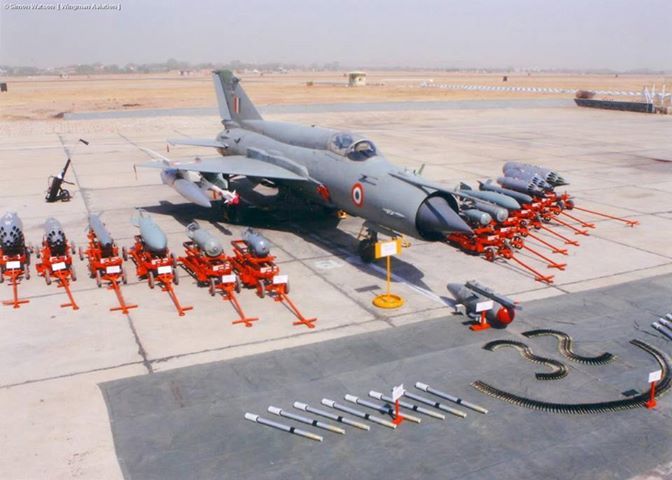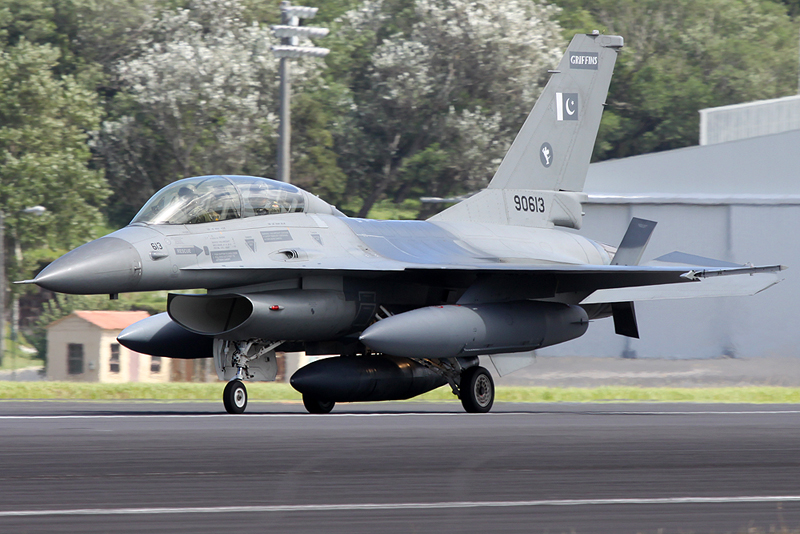
In 1961, the Indian Air Force (IAF) opted to purchase the MiG-21 over several other Western competitors because the Soviet Union offered India full transfer of technology and rights for local assembly. In 1964, the MiG-21 became the first supersonic fighter jet to enter service with the IAF. Due to limited induction numbers and lack of pilot training, the IAF MiG-21 played a limited role in the Indo-Pakistani War of 1965. However, the IAF gained valuable experience while operating the MiG-21 for defensive sorties during the war.The positive feedback from IAF pilots during the 1965 war prompted India to place more orders for the fighter jet and also invest heavily in building the MiG-21's maintenance infrastructure and pilot training programs. By 1969, India had acquired more than 120 MiG-21s from the Soviet Union.
Improvements on the baseline MiG-21 to make the Bison :
• Multi-functional coherent Doppler-pulse airborne radar "Kopyo" with slot antenna
• On-board digital computer
• Helmet-mounted target designato
• Double screen (HUD and CRT) display system
• Stores management system
• Inertial navigation system
• Air data computer system, digital
• Short range radio navigation system
• On-board radio command receiving equipmen
• New flare dispenser (26 mm 120 rounds)
• New electric power supply system, controlling and recording system
• Sextant's TOTEM RLG-INS with NSS-100P GPS embedded GPS receivers
• El-Op HUD, infrared search and track system (IRST) from Russia's URALs optical-mechanical plant
• Two Sextant MFD-55 LCD displays
• Radar Warning Receivers (RWR)
• New liquid air cooling system
• HOTAS (Hands On Throttle And Stick) controls
• Autopilot
Like the Su-30MKI, it has a mix of French, Israeli, Indian and Russian avionics equipment. It is claimed that the fighters are equivalent to any 4th generation fighter, with the ability to lock on to 8 different targets at once.
It's weaponry includes the not so commonly seen seeker module of the KAB-500Kr TV guided bomb, R-73 CCM and an R-77 BVRAAM carried under wing. The aircraft's sophisticated EW suite comprises of a DRDO Tarang RWR/RHAWS, "Tempest" internal Self-Protection Jammer (SPJ) and the conformal CMDS.
Other features include a SURA HMS, a semi-glass cockpit and a Sextant Totem-3000 Ring laser gyro navigation system with GPS, to mention a few. Note the conformal countermeasure dispensers, the new Tarang RWRs antennae on the tail fin and the single piece windshield.











 Isos
Isos
